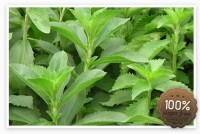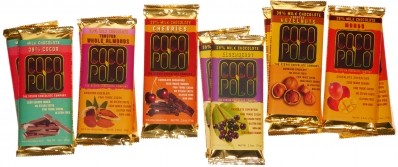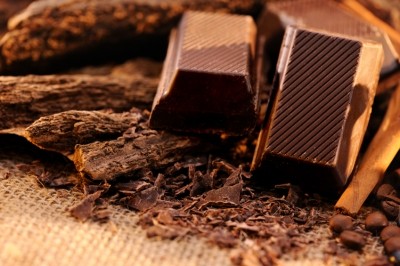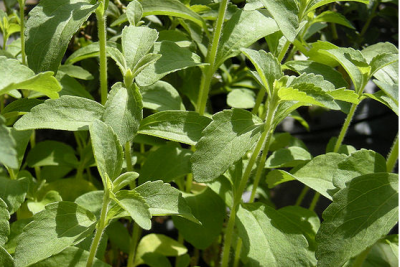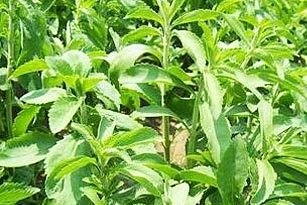Fiber blends drive up costs for stevia chocolate, says Cavalier CEO
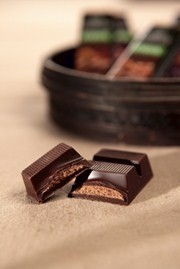
In an interview with ConfectioneryNews.com Felix Verdegem, CEO of stevia chocolate firm Cavalier, talked about fiber-blends in stevia chocolate, the best stevia variety and how his company is faring in Europe.
Stevia won novel foods approval in the EU in December last year and Cavalier has since introduced a range of chocolates sweetened with stevia extract to the market after working with Barry Callebaut.
Europe saw 50 stevia chocolate launches in the EU in the first few months of 2012, according to data from Mintel. Cavalier has competitors that use different fiber blends, such as Swiss firm Villars.
Fiber blends
Stevia is cheaper than sugar but the fibers needed to give the chocolate its structure and volume make overall costs three times higher, said Verdegem.
Cavalier uses a blend of natural fibers that contains FOS (Fructo-Oligosaccharides), Inulin and Dextrins.
Verdegem said there was a need for more and cheaper fiber blends. He said the fiber blends impacted costs more than the price of stevia.
Reb A or mix?
Cavalier originally produced sugar-free chocolate with the sweetener maltitol when it launched in 1996.
It now uses a blend of steviolglycosides that is evaluated each six months. The blend is based upon Reb A and stevioside and sometimes uses other steviolglycosides.
Verdegem said that maltitol was a very mature and stable market, whereas stevia market was still developing. He said there were many new suppliers to the market but prices per kilogram were still high.
Reb A is widely touted as the best stevioglycoside, but Verdegem said this may apply in beverages but wasn’t necessarily true with chocolate.
“The taste profile of stevioglycoside in water is not the same as in fatty environments,” he said.
Markets and sales
Cavalier aims to double its sales for 2012 compared to last year.
Verdegem said that the company was on course to achieve its target in the Netherlands, Georgia, Germany and Scandinavia, but sales had been slower in the Middle East and Southern Europe.
Cavalier introduced stevia chocolate in specialty stores in the UK in Dec 2011. Verdegem said that natural stores in the UK were hesitating about stocking the product as some consider stevia unnatural as it is not derived from the leaf of the plant.
He said this was also an issue in other markets.
“We see that in Belgium and Northern European countries that they accept it as a natural sweetener, but in France they are much stricter”
Which aisle?
Cavalier’s stevia chocolate is also in the US, but only in specialty stores. The company is currently in negotiations to move the product into mainstream retailers.
However, Verdegem said that US retailers were unsure where to position the product and were dithering between putting it in the free-from/diet aisle or in the general confectionery aisle.
Fairtrade advantage
Verdegem added that Cavalier’s product benefitted from the Fairtrade logo.
“I’m quite surprised by the amount of people that look at the product because it’s Fairtrade,” said Verdegem.
“People that are Fairtrade-minded are open to new product developments,” he said.
Cavalier had been getting repeat orders in the first half of the year from retailers open to stocking a no sugar added product that was also Fairtrade, he said.
